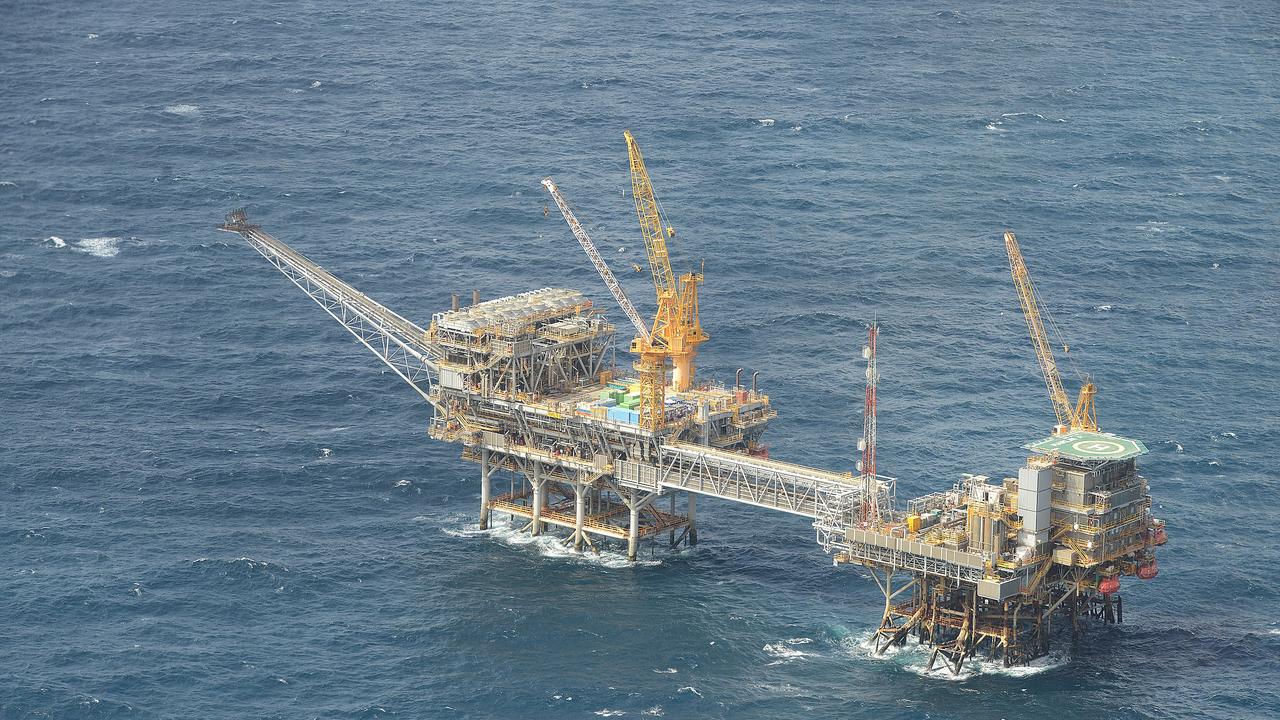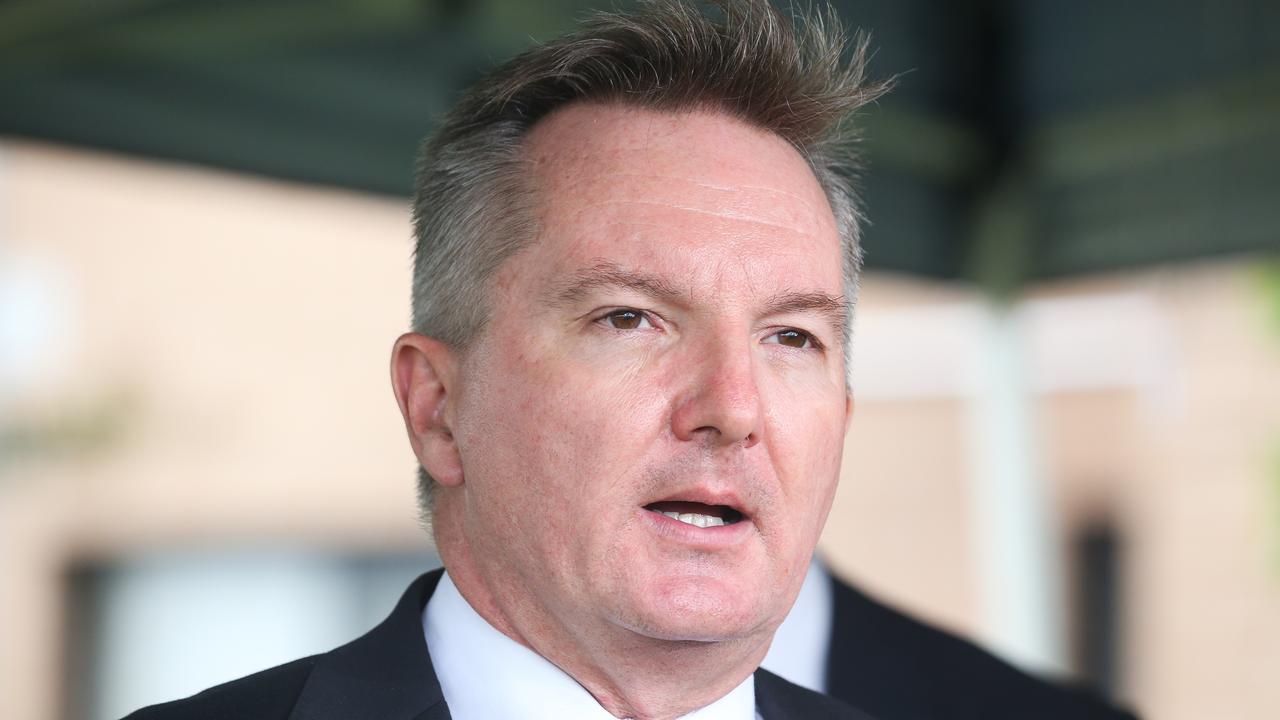Albanese government inks new Bass Strait gas deal with Esso, Woodside
With households and businesses facing a potential gas supply shortfall, a new agreement has been signed to drive down prices.
A major deal has been inked between the east coast’s largest LNG producer and the Albanese government in a bid to stem the risk of gas shortages that threaten to drive energy costs for households and businesses.
On Monday, Energy Minister Chris Bowen and Resources Minister Madeleine King announced new gas supply contracts of more than 260 petajoules – equivalent to 2½ years of gas-powered generation demand – up to 2033 that would be pumped from the Bass Strait Project.

Operated by ExxonMobil’s local subsidiary, Esso, and part-owned by Woodside, the project consists of gas fields in the Gippsland Basin off the southeast coast of Victoria.
Regulators have previously cautioned that consumers in Australia’s southern states could face gas shortages from 2028, threatening to send energy bills even higher.
“Transporting gas from Queensland to the southern states will be increasingly important to cover these potential supply gaps,” the Australian Competition and Consumer Commission said in its gas inquiry interim report released in December.
If left unaddressed, a shortage of gas would heighten the risk of blackouts, energy market analysts have cautioned, as gas-powered electricity generators may be unable to operate during peak demand periods and meet electricity supply shortfalls.
The additional gas will help shore up supply to the wholesale market, where power generators and energy distributors – rather than households and small businesses – can purchase gas. Lower wholesale prices should ultimately lower energy bills.
Further exemptions slated for gas code
The agreement with Woodside and Esso marks the second round of exemptions under the government’s Mandatory Gas Market Code.
In November, APLNG and Senex also signed supply contracts, bringing the total volume of gas secured through the code to 564 PJ – roughly equivalent to the east coast’s annual domestic gas consumption excluding LNG for export.
The code, which came into force in July 2023, sets a price ceiling of $12 a GJ to ensure certainty for the producers and wholesale users.
However, suppliers can exceed the cap, subject to ministerial approval, if they prioritise sending gas to Australia’s east coast market rather than abroad.

Mr Bowen said the additional supply would help lower prices, as Australia’s energy mix was increasingly powered by renewable generation.
“The Albanese government’s gas code has now delivered commitments for gas supply that’s equivalent to what is needed for powering east coast gas power stations for five years,” Mr Bowen said.
Further exemptions under the code to secure additional supply are also being assessed by the federal government.
Opposition energy spokesman Ted O’Brien said the announcement was a concession on the part of the federal government that the code of conduct was failing to boost supply.
“What has proven to be the case is you can’t get gas flowing in this country unless you work outside of Labor’s own framework,” Mr O’Brien said.
“The only way you can get gas flowing in this country is if companies are given the opportunity to work outside of the policy framework Labor itself has put in place.”
Ms King said gas was “insurance” for the energy grid.
“Gas is essential to supporting the nation’s energy grid and the reliable supply of gas is crucial to keeping energy prices down for households and businesses,” Ms King said.
“Gas is also indispensable in the processing of critical minerals and technologies such as wind turbines and solar panels.”
The ministers said the additional supply would directly feed into southern demand centres and ensure there was sufficient domestic supply to keep the downward pressure on gas prices.



